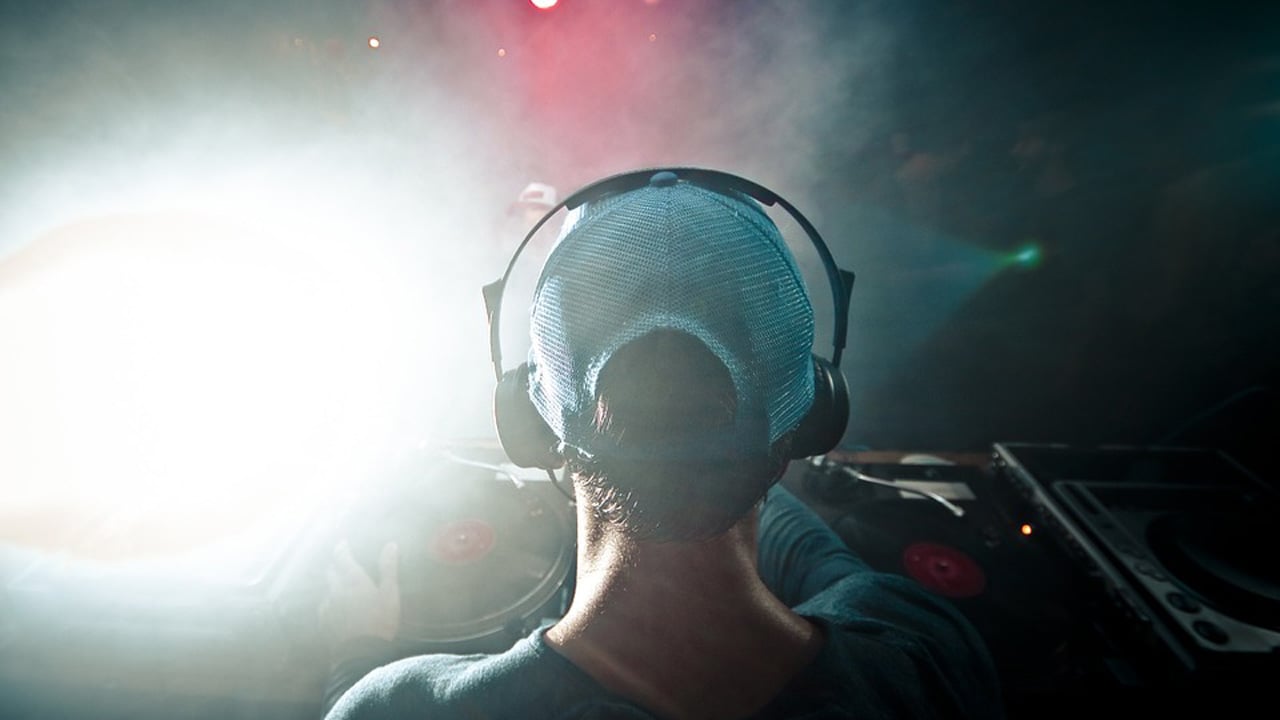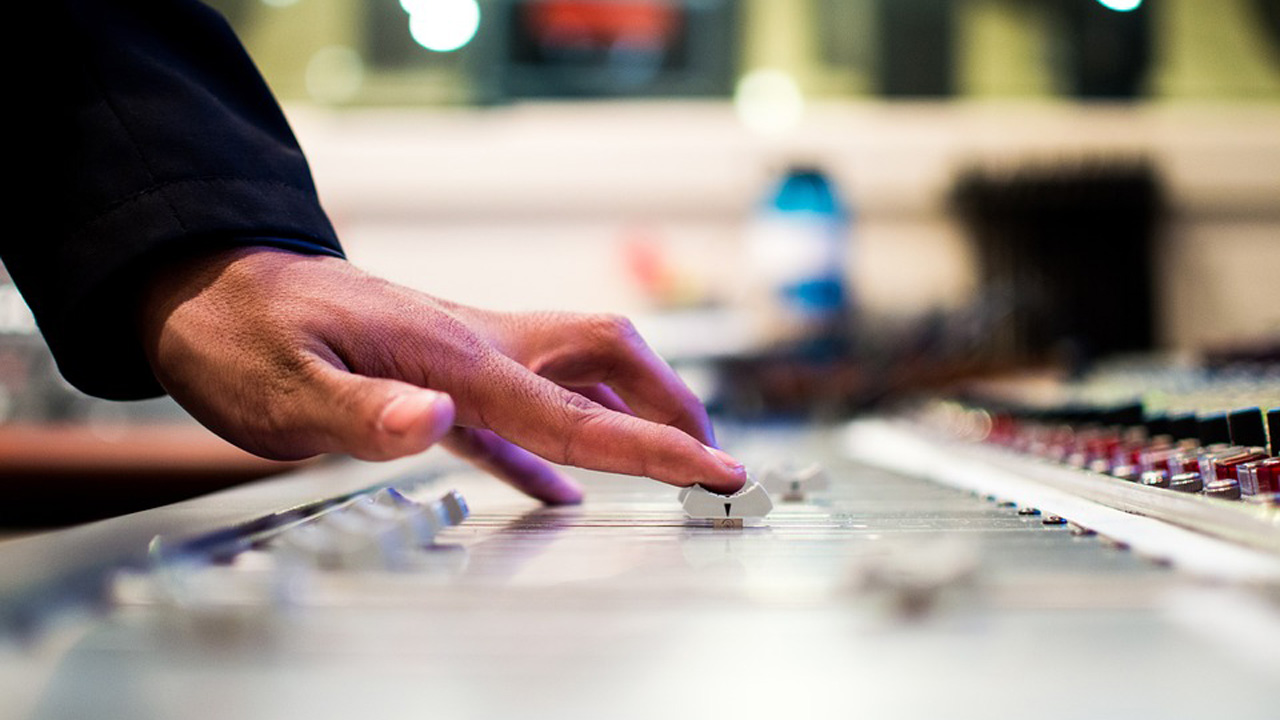Starting as a DJ can be difficult. You need to know how to use the equipment but also understand the fundamentals of music and rhythm. It’s not always easy to find opportunities for beginners to practice their skills in front of an audience, which is why it’s important to do so at home!
With these simple steps, you’ll become an advanced DJ without ever leaving your living room.
Gather The Required Equipment
Before you can start practicing at home, make sure that you have the right equipment. As reviewed by the team behind homedjstudio.com, there is various equipment you will require to set up a home DJ studio. You’ll need a turntable or CD player, mixer, speakers, and amplifier, among other accessories. If you don’t already own these items, try to get them from a friend or purchase second-hand where possible.
If you don’t want to invest in all the equipment required for your practice session at this stage, make sure that you have either a turntable or some type of CD/cassette player with headphones (so you can monitor your sound).
DJ headphones play an indispensable role in the craft of DJing. They enable DJs to preview and cue tracks before playing them to the audience, effectively synchronizing beats and creating seamless transitions. DJ headphones also provide sound isolation, crucial in loud environments. Their design, functionality, and durability greatly influence the DJ’s performance and experience. Therefore, choosing the right pair of DJ headphones is vital. Here is a great in-depth starter guide on DJ Headphones that discusses the different types, the technicalities, and key considerations for selecting your DJ headphones. It’s a great article and well worth checking out.
Get A Music Collection
As an upcoming DJ, you should have a sizable music collection. Start building your own library by purchasing some CDs, vinyl records, or cassettes from record shops or online retailers such as Amazon. You can also request that friends and family members give you their old albums to your DJ skills practice routine. In addition to having a wide variety of genres in your home studio, you must have a good mix of styles. This will help to prepare you for different types of gigs and performances.
It would be best if you also took time to look at the track listings on your albums, as this information is crucial when mixing songs as part of a live set or practice session. You may find that some artists use their own names for songs, while others use different names. In addition to knowing the track titles and artists’ names, it’s also essential that you learn the BPM of each song. This will help you tremendously when mixing between tracks, which is a fundamental part of being an awesome DJ!
Work On Playing The Music
Once you have your equipment and music collection ready, it’s time to start practicing DJ skills at home. First of all, make sure that the volume on your speakers is turned down low enough so as not to disturb those living nearby. If people are sleeping nearby or trying to watch TV with headphones on, turn the volume a bit higher. For most practice sessions, you’ll want the volume at around 50-60%, although this will depend on your personal preference and what works for you.
Whenever possible, try to listen back to each song as it plays out through your speakers or headphones – something which only comes with experience. By critically listening to songs in such a way, you will better understand the different elements that make up a track. This is also an opportunity for you to find areas where certain songs or sounds may clash, which can happen if they have very similar BPMs.
Master The Craft
Following on from the previous point, it’s time to start learning how to mix between tracks. Different DJs use different techniques when they’re mixing songs. Some prefer using a crossfader, while others insist that only turntables will do for this process.
Whether you opt for CDs or vinyl records as your DJ equipment of choice, you will need to develop your own mixing techniques. This is an essential part of becoming a great DJ – so don’t be afraid to experiment! Depending on the type of gigs or performances that you want to take part in as a beginner DJ, it’s likely that you’ll have to work with both pre-recorded music and live music.
Get An Audience To Test Your DJ Skills
If you want to take your skills as a DJ to the next level, there’s no substitute for getting some live gigs under your belt. Not only will this allow you to test out what works and how well it does so, but it also provides invaluable networking opportunities which can help with future projects or collaborations. You should approach local radio stations, clubs, and pubs to see if they’re looking for any DJs to perform at their venues.

If you don’t want to spend money on hiring your own venue or paying for equipment (such as speakers), why not go along with another more experienced DJ? You can do this by attending regular gigs in the area and then asking if you can show off your skills. This will allow other DJs to see what you’re capable of and may result in a collaboration opportunity down the line!
After you’ve learned how to DJ at home, it’s time for the next step. You need an audience who will give you feedback on your skills. Please find a local club or bar that has open-mic nights and sign up with them so people can see what you have to offer. Practice makes perfect, but don’t forget about practicing in front of others. This makes you grow from an amateur to a pro.
